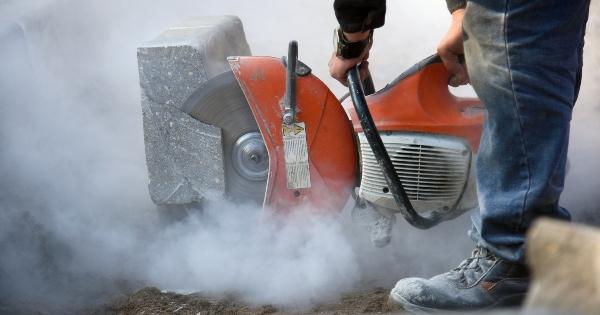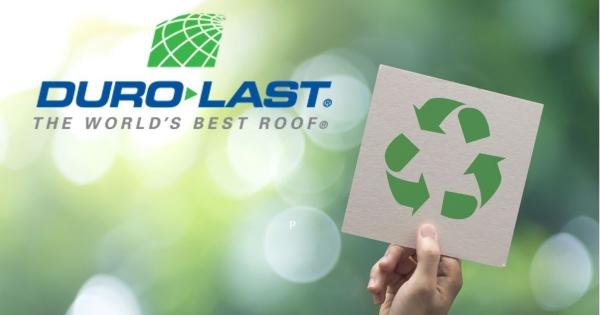Understanding OSHA’s Requirements for Silica Dust Safety on the Jobsite

By Colin Sheehan, RCS Reporter.
Key terms and methods all construction employers need to be aware of to properly meet OSHA’s crystalline silica safety standard.
The Occupational Safety and Health Administration (OSHA) issued a final rule regulating occupational exposure to crystalline silica (silica dust) for the construction industry in 2016. With the exception of employee exposure remaining under 25 µg/m3 (micrograms of silica per cubic meter of air) in an eight-hour time weighted average (TWA), OSHA’s silica dust standard applies to all occupational exposures to respirable silica in construction.
OSHA outlines two standards to control respirable silica:
-
Specified Exposure Control Methods - Employers may comply and implement methods to keep dust from getting into the air by using handheld power saws with integrated water delivery that continuously feeds water to the blade or using a vacuum dust collection system.
-
Alternative Exposure Control Methods - This requires the employer to ensure that no employee is exposed to airborne silica dust higher than 50 µg/m3 over an eight-hour TWA. The use of dust controls must be used or respirators provided, when dust controls cannot limit exposure. This method can be used by employers, who do not fully implement the Specified Exposure Control Methods.
Reducing silica dust from roofing tiles
The HYTILE Roof Tile Cutter offered by All Points is a carefully constructed piece of equipment designed to safely and easily eliminate airborne silica dust. Contractors can confidently meet all health and safety regulations as outlined by OSHA with this modern tile cutter, that does not produce more than 50 micrograms of silica dust per cubic meter of air.
This unique tool cuts roof tiles quietly and accurately without producing harmful silica dust. Additional benefits include:
-
Substantially preventing slip, trip and fall accidents, since power cords are not used and dust is largely eliminated from tile surfaces.
-
Saving time and money, as electricity, power cords or diamond blades are not needed to use this tool. The use of dust vacuums is also not necessary.
The Hytile Roof Tile Cutter is a must-have tool to aid in the protection of workers on the jobsite.
Additional resources
Learn more about All Points in their RoofersCoffeeShop® Directory or visit www.allpointstile.com.
Disclaimer: This document is advisory in nature and informational in content. It is not a standard or regulation, and it neither creates new legal obligations nor alters existing obligations created by OSHA standards or the Occupational Safety and Health Act.






















Comments
Leave a Reply
Have an account? Login to leave a comment!
Sign In